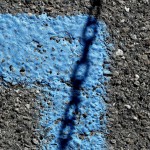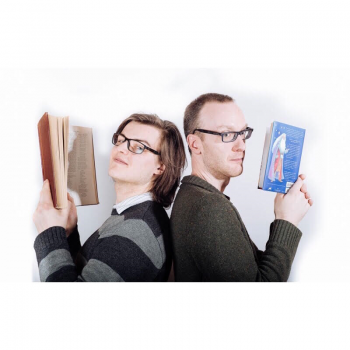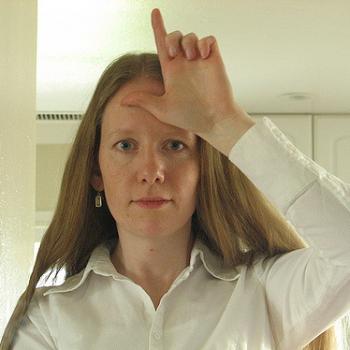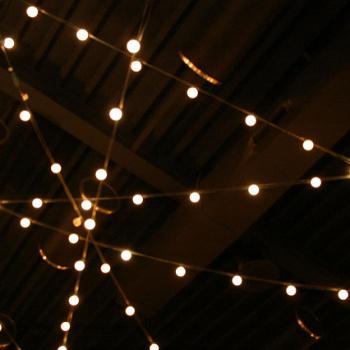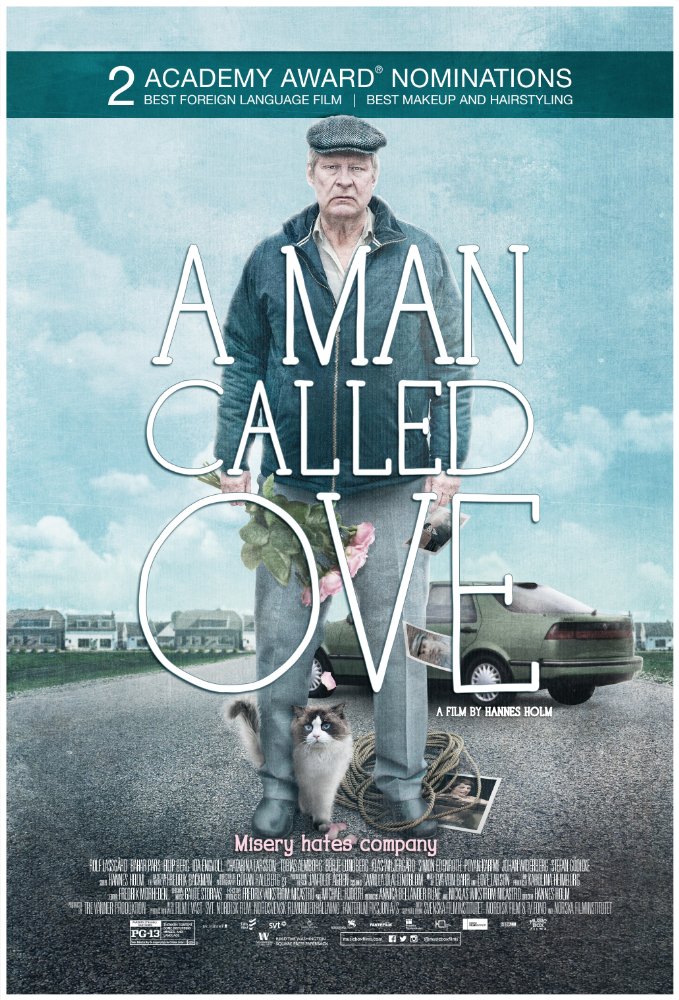 The best way I can describe the Swedish film, A Man Called Ove, is this: it is essentially the book of Ruth meets It’s a Wonderful Life. Just like the classic film about George Bailey, our protagonist is trying to kill himself. In Bailey’s case, he is rescued by the angel Clarence who is trying desperately to get his wings and pulls him out of the icy river in which Bailey tries to kill himself.
The best way I can describe the Swedish film, A Man Called Ove, is this: it is essentially the book of Ruth meets It’s a Wonderful Life. Just like the classic film about George Bailey, our protagonist is trying to kill himself. In Bailey’s case, he is rescued by the angel Clarence who is trying desperately to get his wings and pulls him out of the icy river in which Bailey tries to kill himself.
In Ove’s case, every time he attempts to end his weary, sad life without his beloved wife Sonja, he is stymied by the intrusions of his new neighbors, a young family comprised of a Swedish man, Persian wife, and two adorable daughters. They never seem to realize what they are interrupting but they keep showing up nonetheless, needing help with this and that. Ove, a classic curmudgeon as well as introvert is lost inside himself. He’s a stickler for the rules and daily makes rounds through his neighborhood to ensure good order is being followed (No driving on the path! No bike parking!). He bears longterm grudges. He is gruff and cold–outwardly, anyway. Above all, he values his loyalty to Saabs not Volvos–and especially not BMWs.
The essence of what Ove is going through, though, is grief. He is deeply grieving his vivacious wife, seemingly the only person able to draw him out of his cave of an interior. She loved him as he was, and yet challenged him to engage more deeply and joyfully in life. Like Naomi in the book of Ruth, who lost her entire family save for her two Gentile daughters-in-law, the bereft Ove might as well now refer to himself as “Mara” (bitter).
“Don’t call me Naomi,” she told them. “Call me Mara, because the Almighty has made my life very bitter. I went away full, but the Lord has brought me back empty. Why call me Naomi? The Lord has afflicted me; the Almighty has brought misfortune upon me.”–Ruth 1:20-21 NIV
There is no doubt that the loss of a warm and loving family member can make our life feel meaningless. If we were mother, father, sister, brother, child–and we no longer fill that role, how do we orient ourselves in time and space? Without our family member, who are we now? The tendency and temptation is to sink deep inside our grief until it totally consumes us.
But a Gentile daughter-in-law trying to navigate a new country, persistently providing for you, but clearly in need of some help figuring out Israeli social structure, might just be the pulley out of your whirlpool of grief, as Ruth was for Naomi. And an annoying immigrant neighbor who just needs help and is tenacious enough to withstand rebuffs–and a couple pure-at-heart little kids who just love you despite your gruffness, well, those just might be enough to reorient you in time and space.
We all need to be needed. We need meaningful ties with other human beings. Martin Luther said that sin draws us in on ourselves. Grief can do that too. Our tendency is to self-isolate, either through independence or sorrow or sin or shame … or any number of things. Only the urgent need of our neighbor can summon us to get out of that tight inner coil and establish ties in community.
Our neighbor might be a new mom who needs encouragement and someone to rock her baby. It might be an older person who needs a ride to the doctor. It might be a lonely person who needs someone to listen. It might be your own child who needs you to change their diaper. All of these neighbors push us out of the inertia of our own head space, our own selfish concerns. They disrupt our perfectly good plans–and we desperately need them to. They enable us to live, to be, like Ove “really bad at dying.” They show us, like George Bailey, “No man is a failure who has friends.” And like Naomi, they bring us resurrection in the most unexpected of places.
The women said to Naomi: “Praise be to the Lord, who this day has not left you without a guardian-redeemer. May he become famous throughout Israel! He will renew your life and sustain you in your old age. For your daughter-in-law, who loves you and who is better to you than seven sons, has given him birth.”
Then Naomi took the child in her arms and cared for him. The women living there said, “Naomi has a son!” And they named him Obed. He was the father of Jesse, the father of David.–Ruth 4:14-17 NIV
Ove is based on the novel of the same name by Fredrik Bachman. It was nominated for Best Foreign Language Film in the 2017 Academy Awards. You can watch it on Amazon Prime, but be sure to turn the subtitles on!
Questions for Discussion
Have you experienced the dark inner coil of grief? What drew you out?
Where have you experienced new life even though you could not initially imagine new life dawning?
——————-
Community discussion guidelines:
Because this is a Christian blog, the things I’m talking about will obviously be topics that people feel strongly about in one direction or another. Please keep in mind that this is a place for substantive, respectful, constructive conversation. All perspectives are welcome to discuss here as long as all can treat each other with kindness and respect. Please ignore trolls, refuse to engage in personal attacks, try not to derail the conversation into divisive rabbit trails, and observe the comment policy listed on the right side of the page. Comments that violate these guidelines may be deleted. Vulgar remarks may result in immediate blacklisting. For those who clearly violate these policies repeatedly, my policy is to issue a warning which, if not regarded, may lead to blacklisting. This is not about censorship, but about creating a healthy, respectful environment for discussion.
P.S. Please also note that I am not a scientist, but a person with expertise in theology and the arts. While I am very interested in the relationship between science and faith, I do not believe I personally will be able to adequately address the many questions that inevitably come up related to science and religion. I encourage you to seek out the writings of theistic or Christian scientists to help with those discussions.
—————————–
Image source: IMDB.com.


